After some wine tasting and exploration of Mendoza, it was time to head towards our next location, Santiago, Chile. To get to Santiago, we would be traveling through the Andean Mountains (or Andes) and the trip was expected to take 6 to 7 hours with a few stops and very dependent on how fast we got through border immigration with Chile. I knew this would be a long travel day and really didn’t have any expectations but I was greatly surprised by the beautiful scenery along the way.
Just some quick facts on the Andean Mountains:
- Longest continental mountain range in the world, about 4,300 miles long along the entire western coast of South America
- World’s highest mountain range outside of Asia (Himalayas being the highest)
- The highest peak is Mt. Aconcagua with an elevation of 22,838 feet above sea level making it the highest peak in both the southern and western hemispheres (Mt. Everest is more than 29,000 feet).
- The many colors of the mountains are due to the many types of minerals found in the Andes, coal, oil, iron ore, silver, tin, copper, phosphates, nitrates, bauxite and gold.
The Andes Through Argentina
When we first left the hotel around 7:30 that morning, it was a bit misty and overcast but as soon as we got over the foothills the Andes appeared and the skies were blue. I love mountains and the Andes did not disappoint. There were so many colors, textures, and cloud formations to take in. Below are some of my favorite shots from the Argentina side.
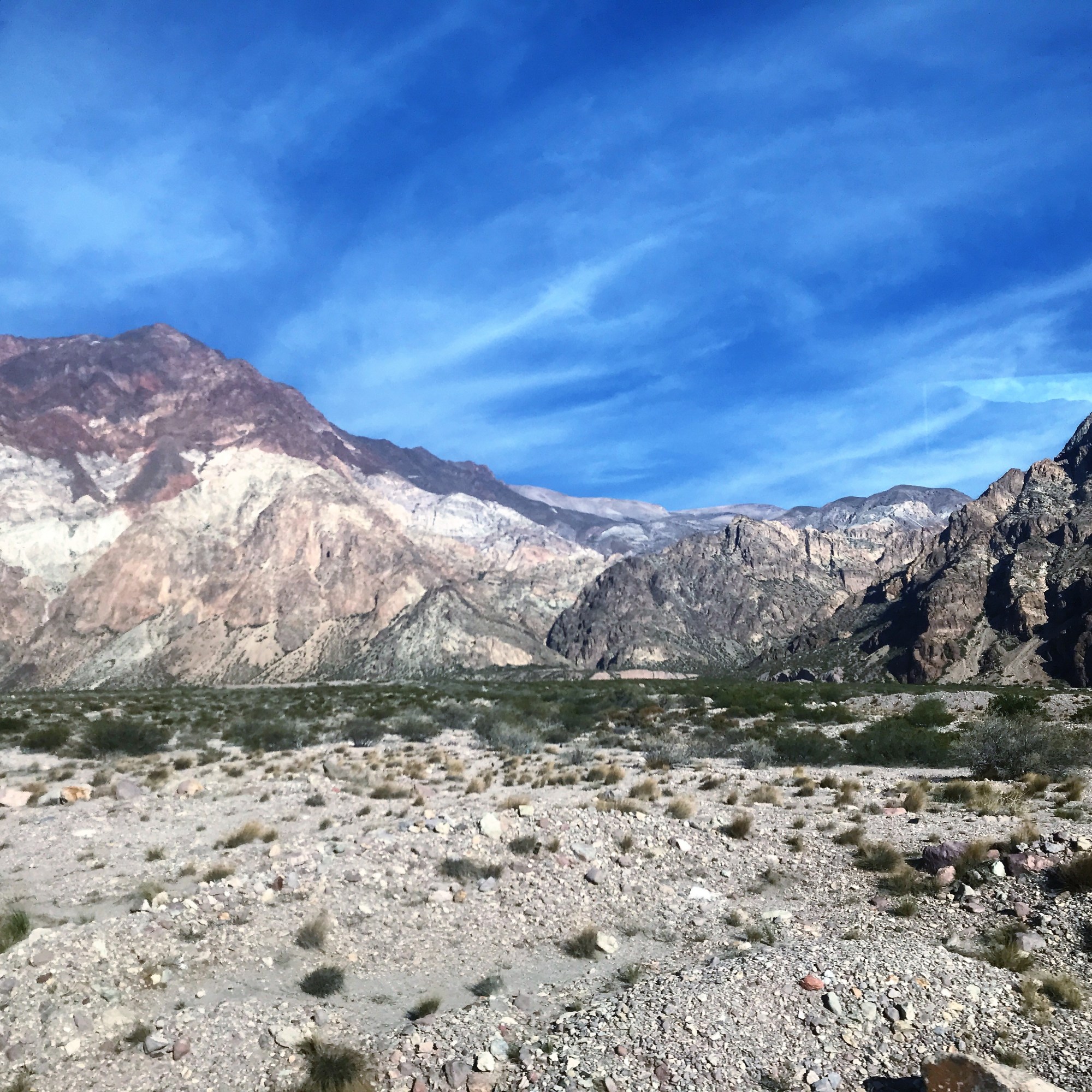

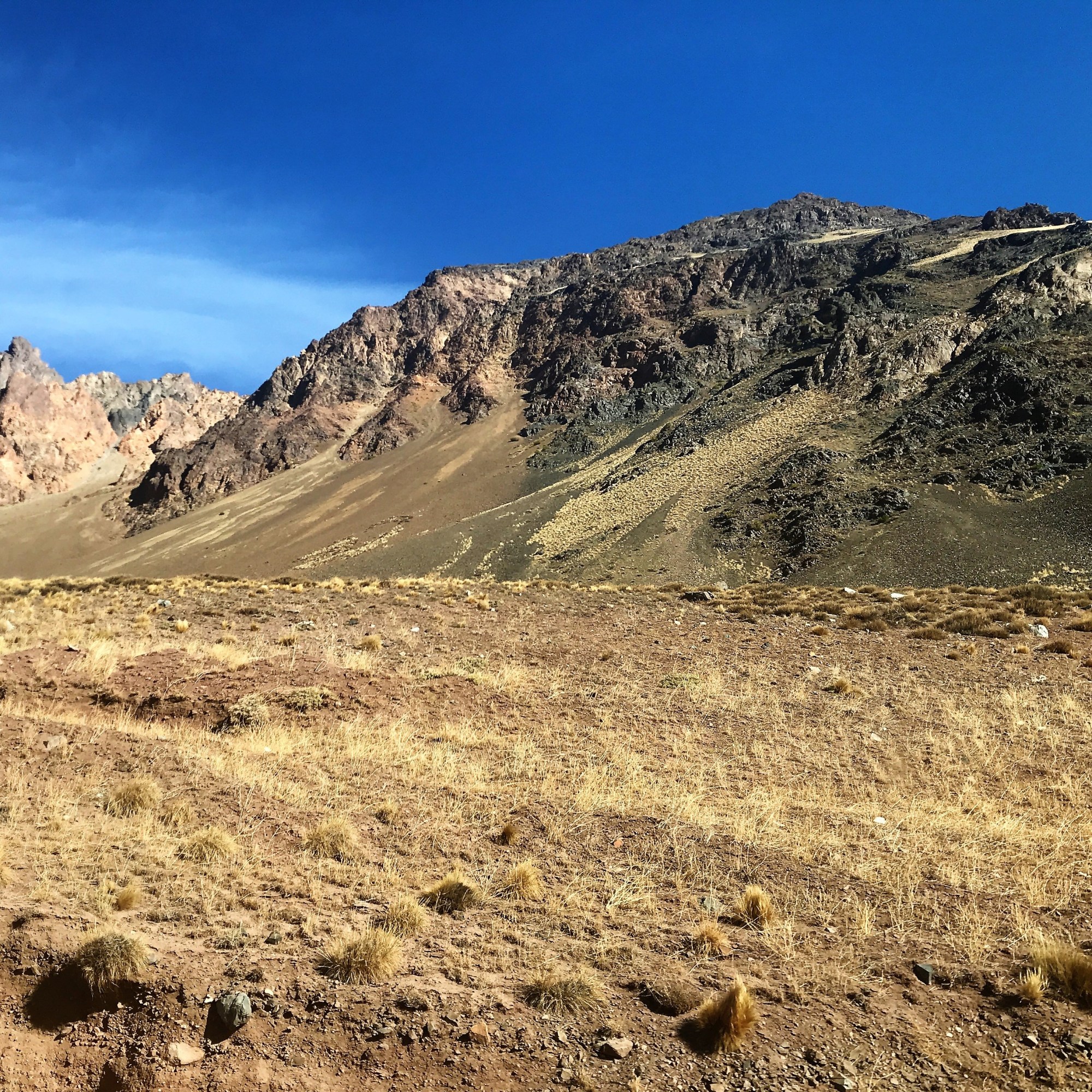
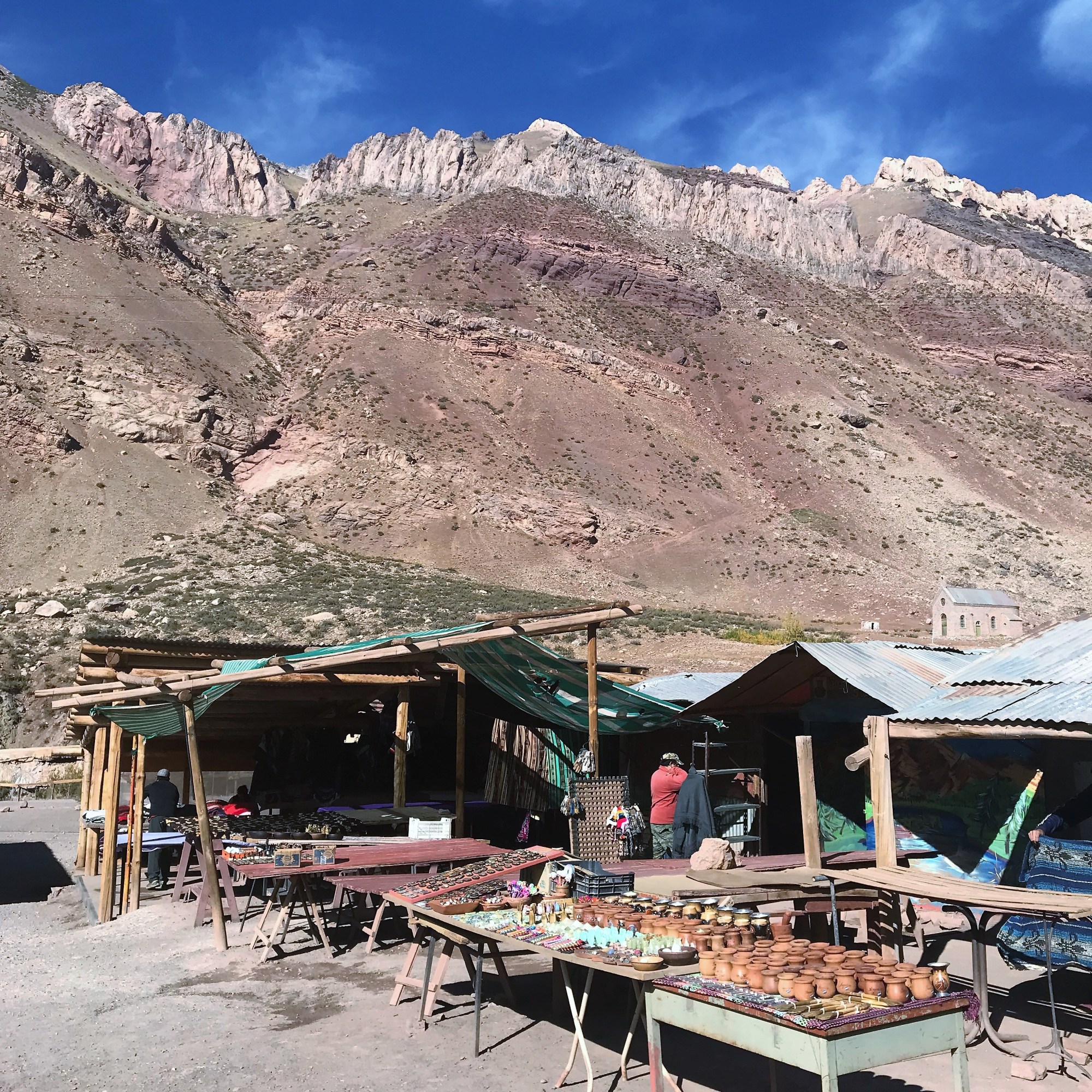

Puente del Inca (The Inca Bridge)
Still in Argentina, we stopped to see the Puente del Inca which is a natural arch that forms a bridge over the Las Cuevas River. This area used to be a very popular resort location with a hotel resort and hot springs open to the public. After an avalanche took out the hotel resort, it was never rebuilt. The little church missed the avalanche and the hot springs on the cliffs were closed to the public.
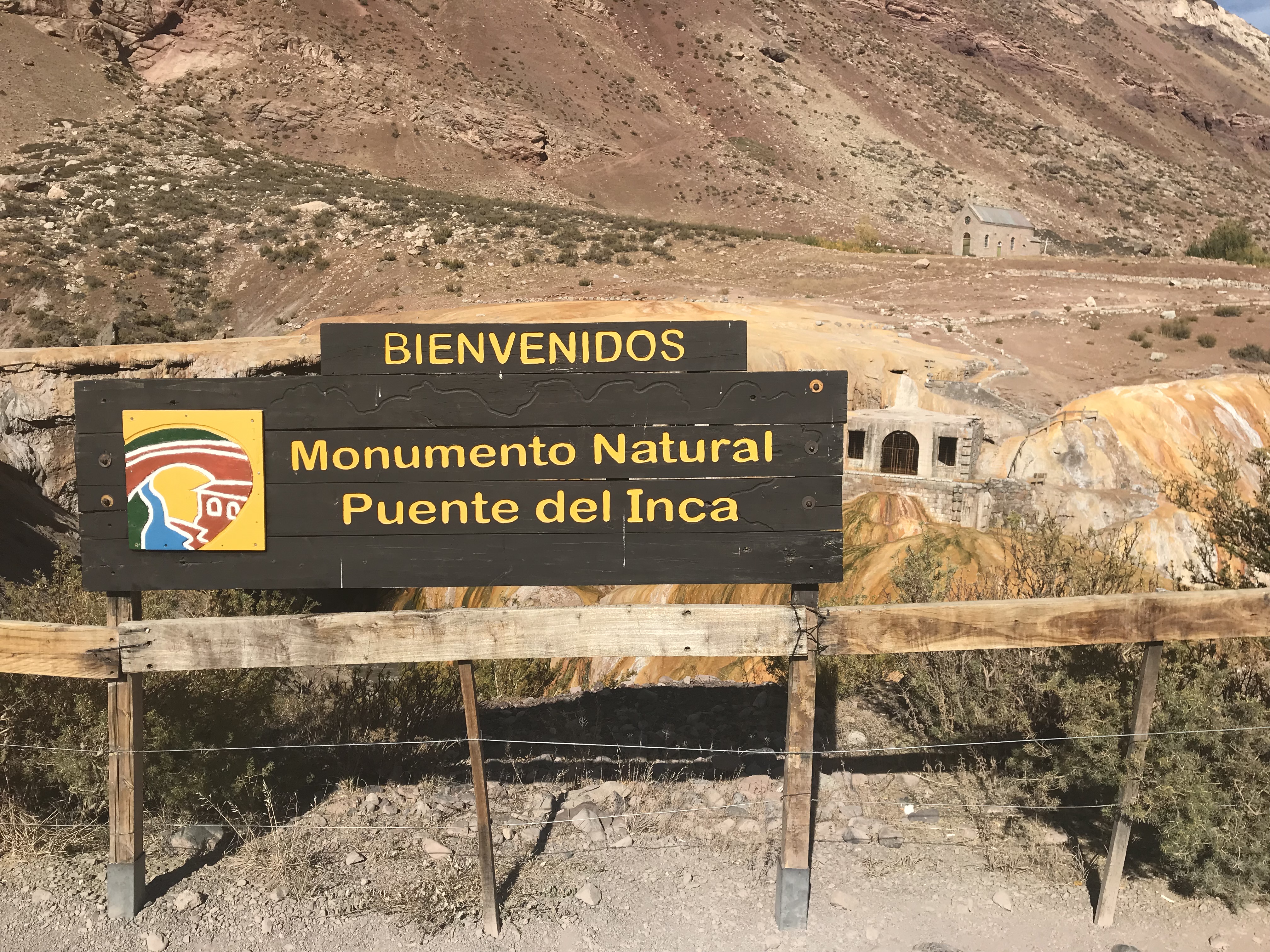
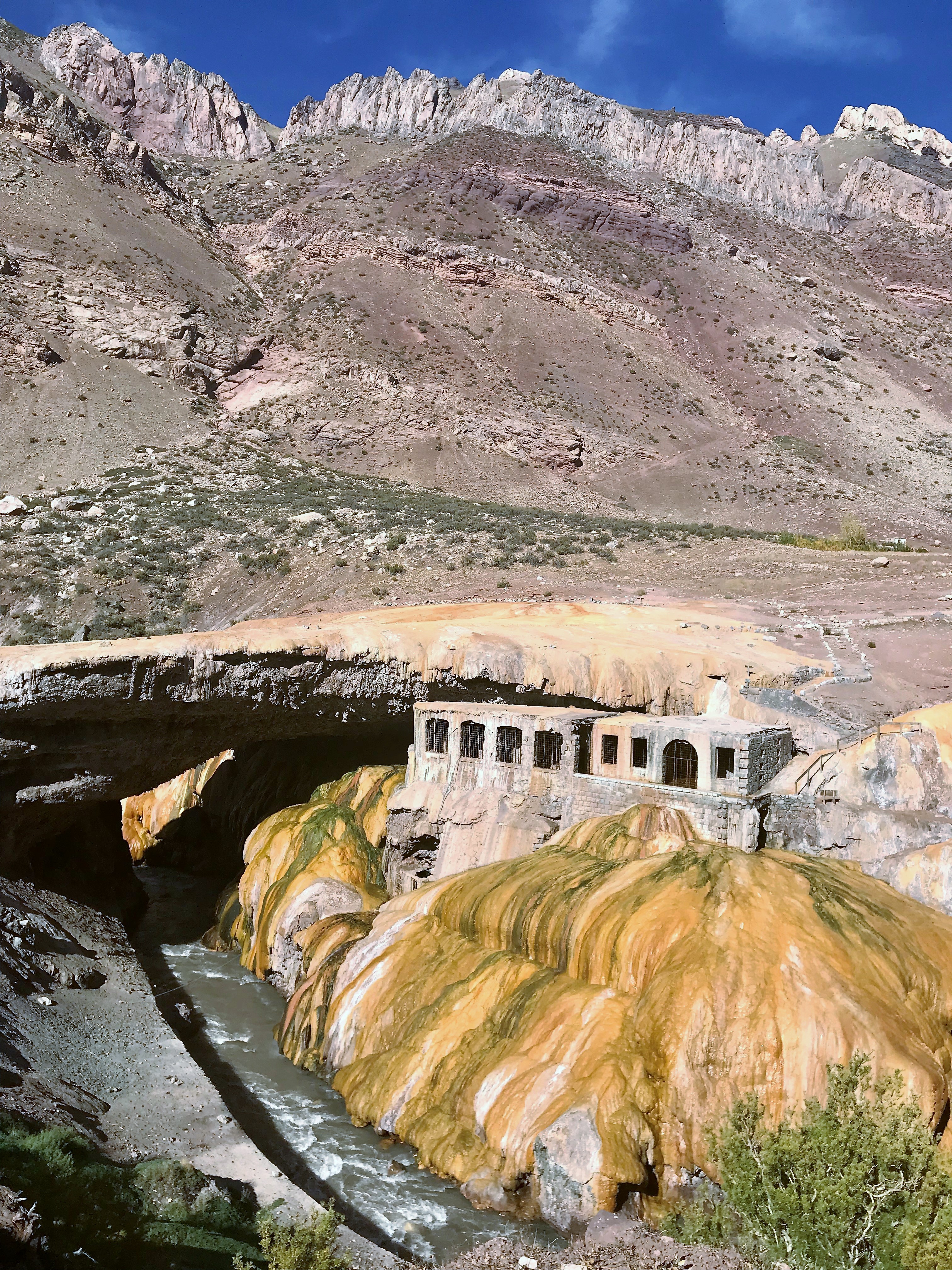


Mt. Aconcagua
As mentioned earlier, Mt. Aconcagua is the highest peak of the Andes and the highest peak in the southern and western hemispheres located in Argentina. Nicknamed the “Mountain of Death” as this peak has the most climbing related deaths of all peaks in South America. It’s not considered an overly technical climb, but it is greatly underestimated by climbers. Being easily accessible, many inexperienced climbers attempt to reach its summit and find themselves unprepared, in bad weather, experiencing altitude sickness, or not allowing enough time to complete the climb. Luckily, we had a clear day to see the peak along with its many glaciers.
In this area where we stopped were some very colorful landscapes topped with beautiful skies.

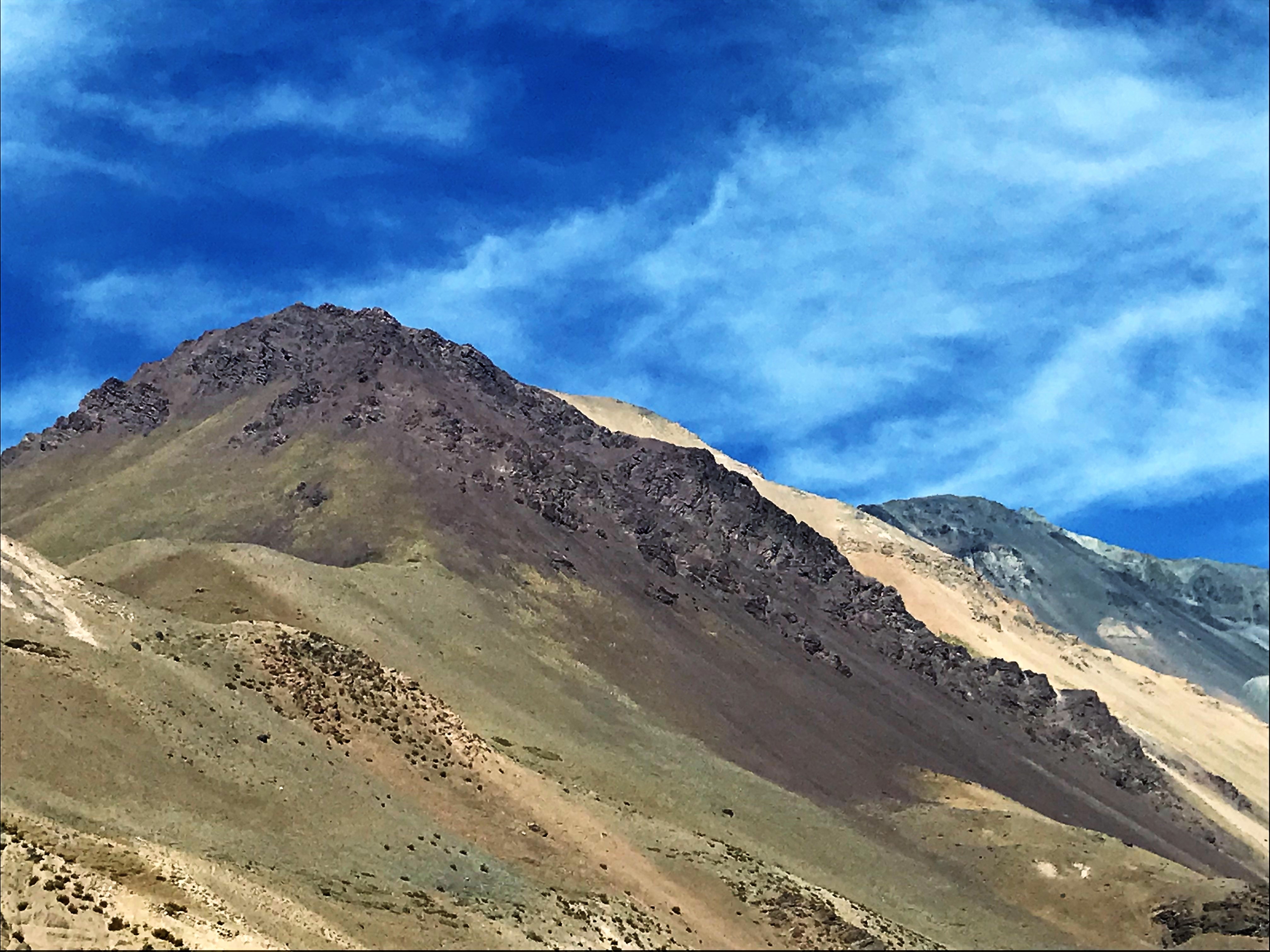
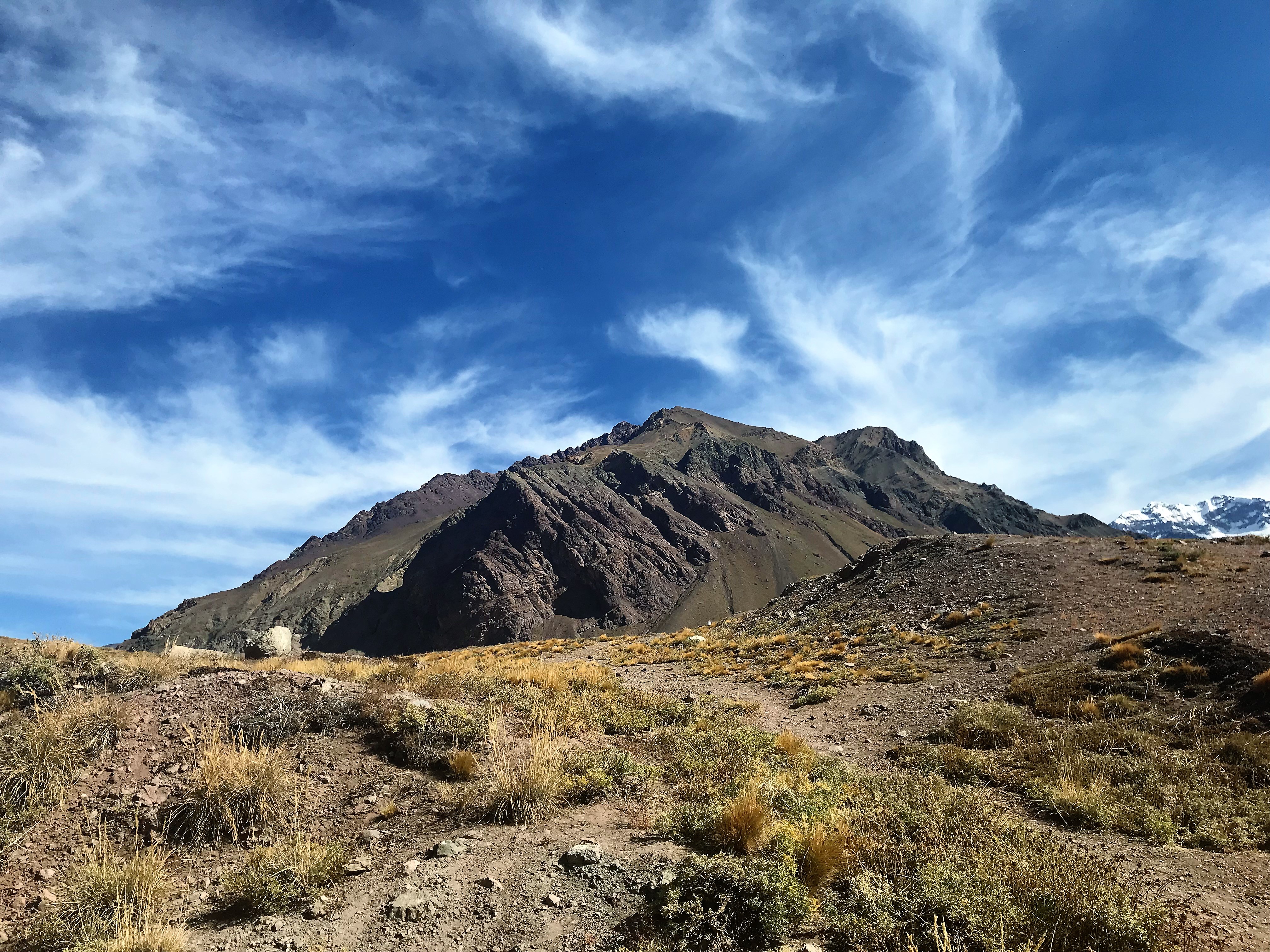


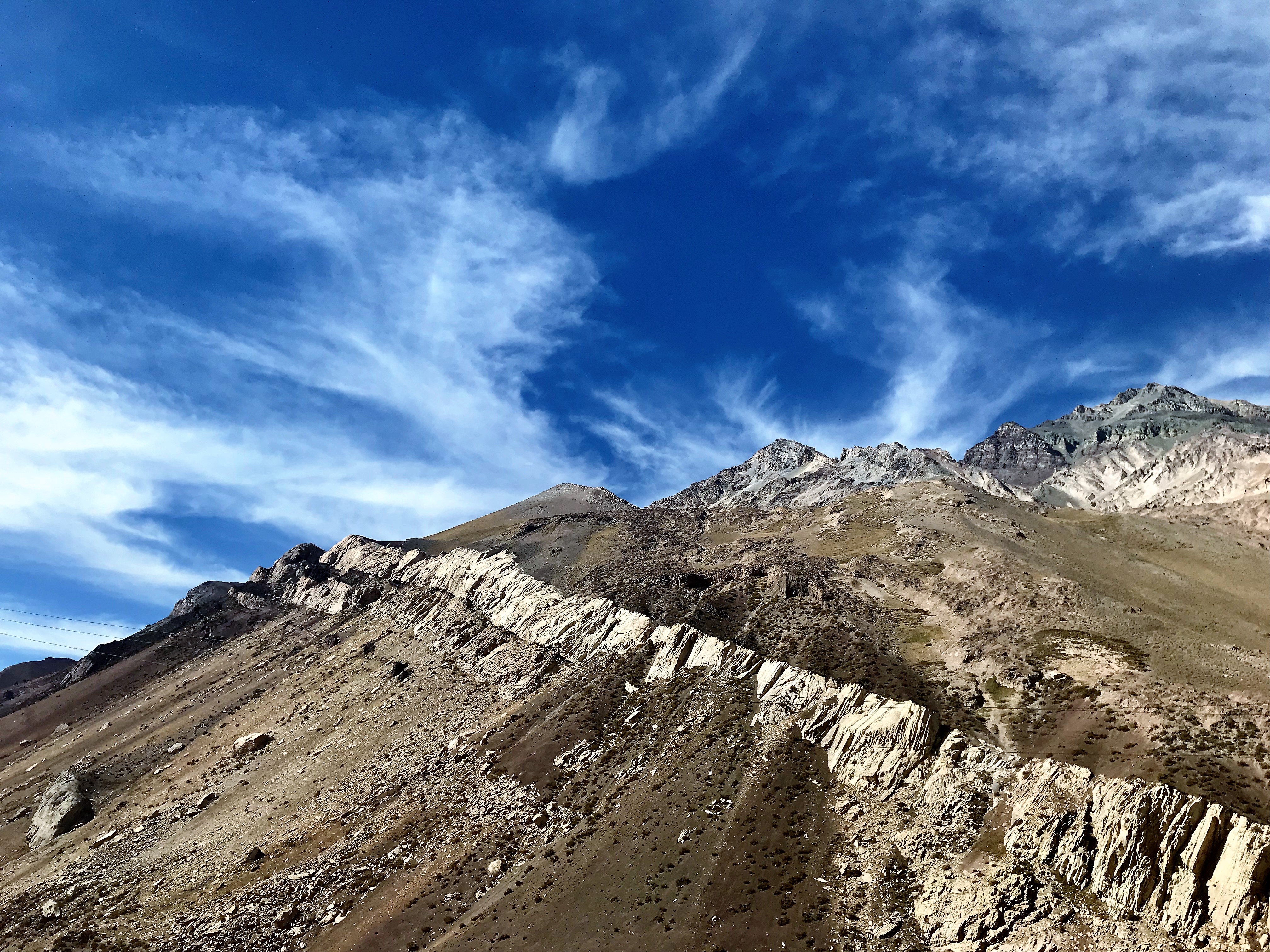
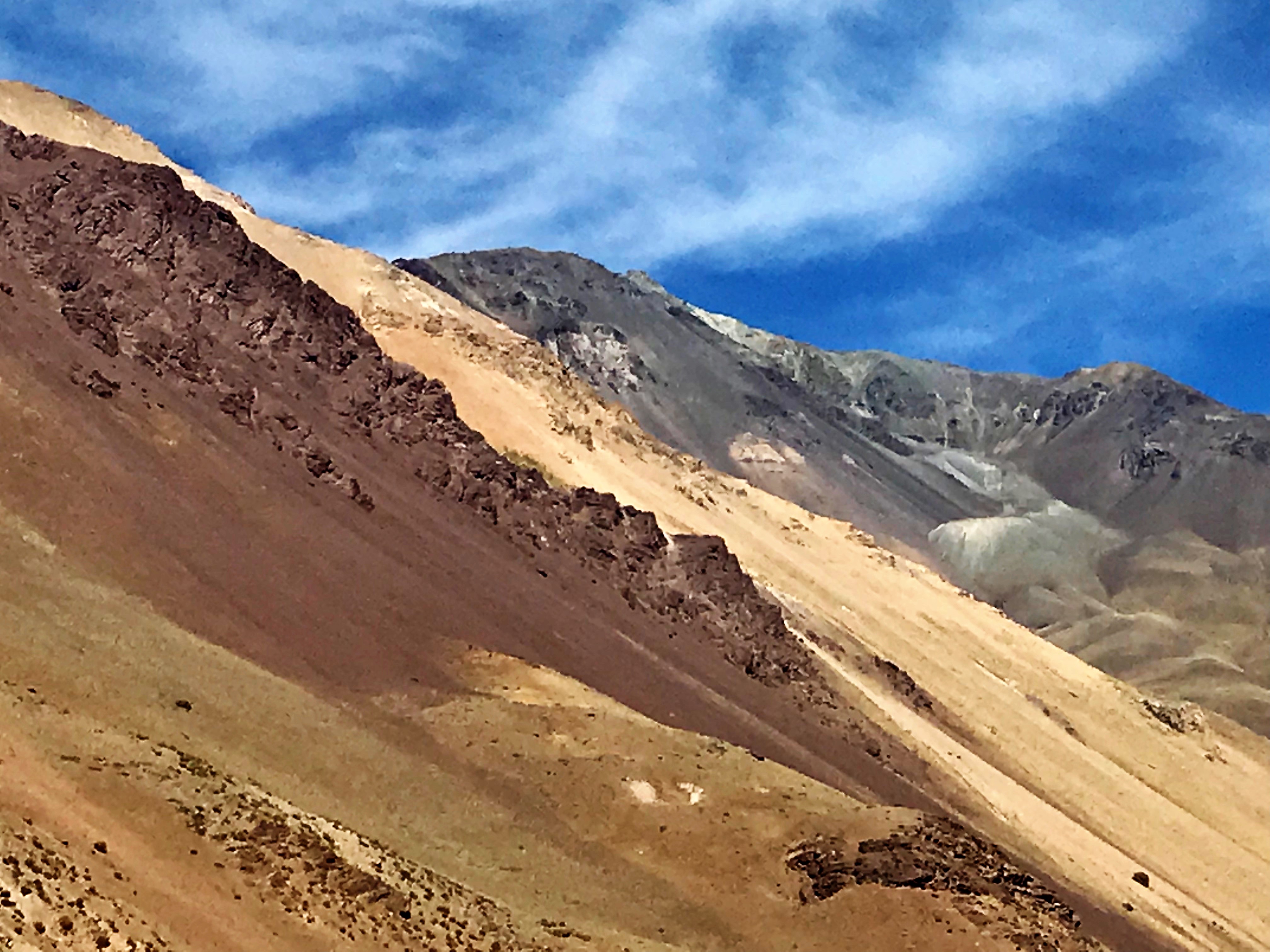
Crossing into Chile
We finally made it to the border crossing with Chile. Our guide had told us how strict the border agents would be crossing into Chile which meant no fruits, vegetables, meats, or nuts could be in our belongings or on the bus. We had planned to get to the border before the other tour buses to reduce our wait time. We succeeded and our guide wasn’t kidding. The border agents are very thorough.
Once through the border, we stopped at a little ski village and hotel to stretch. Many people don’t think about it but one can ski year-round if you go to South America during our summer months. The buildings and landscape were very reminiscent of being in the Alps.
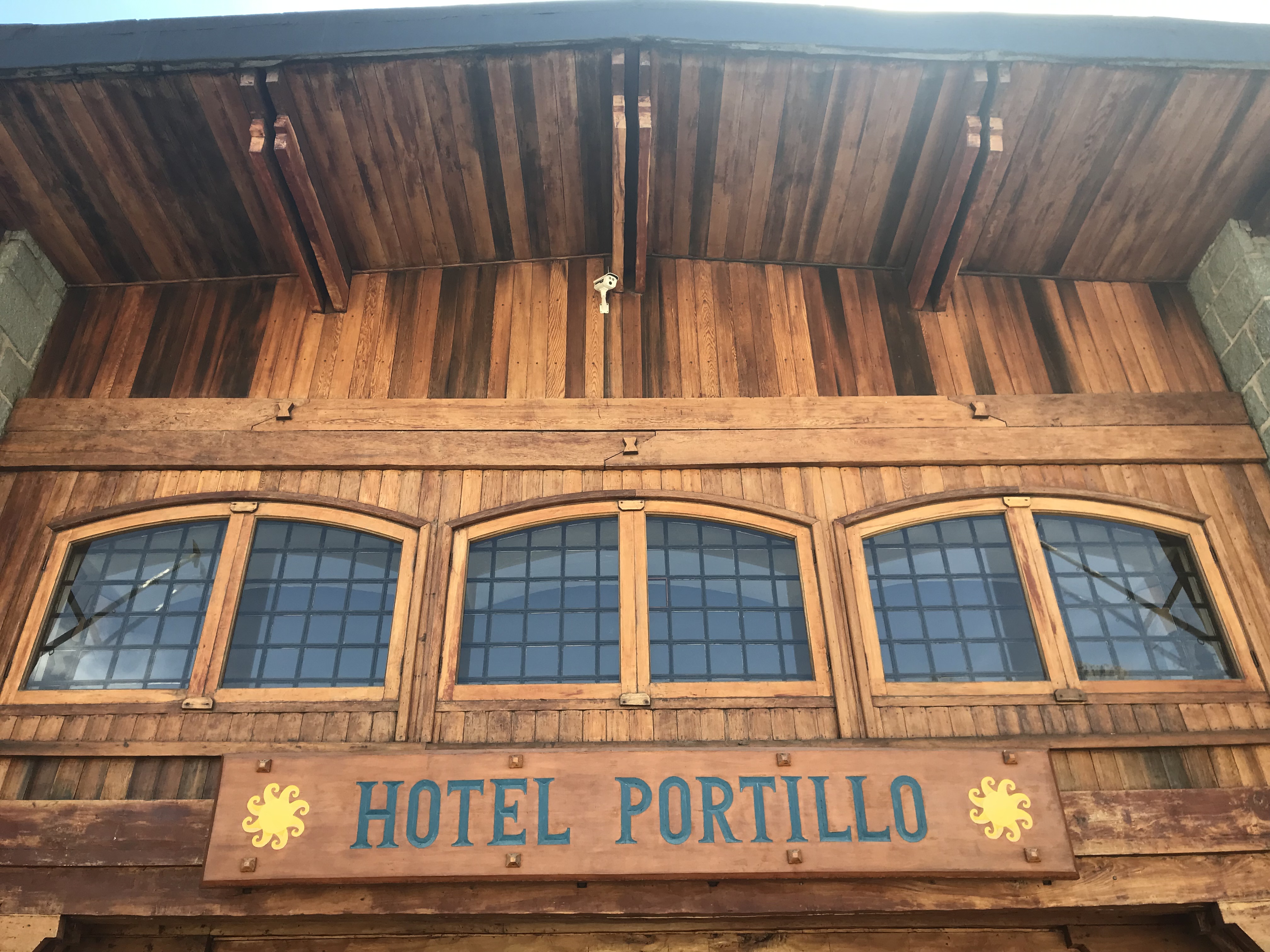

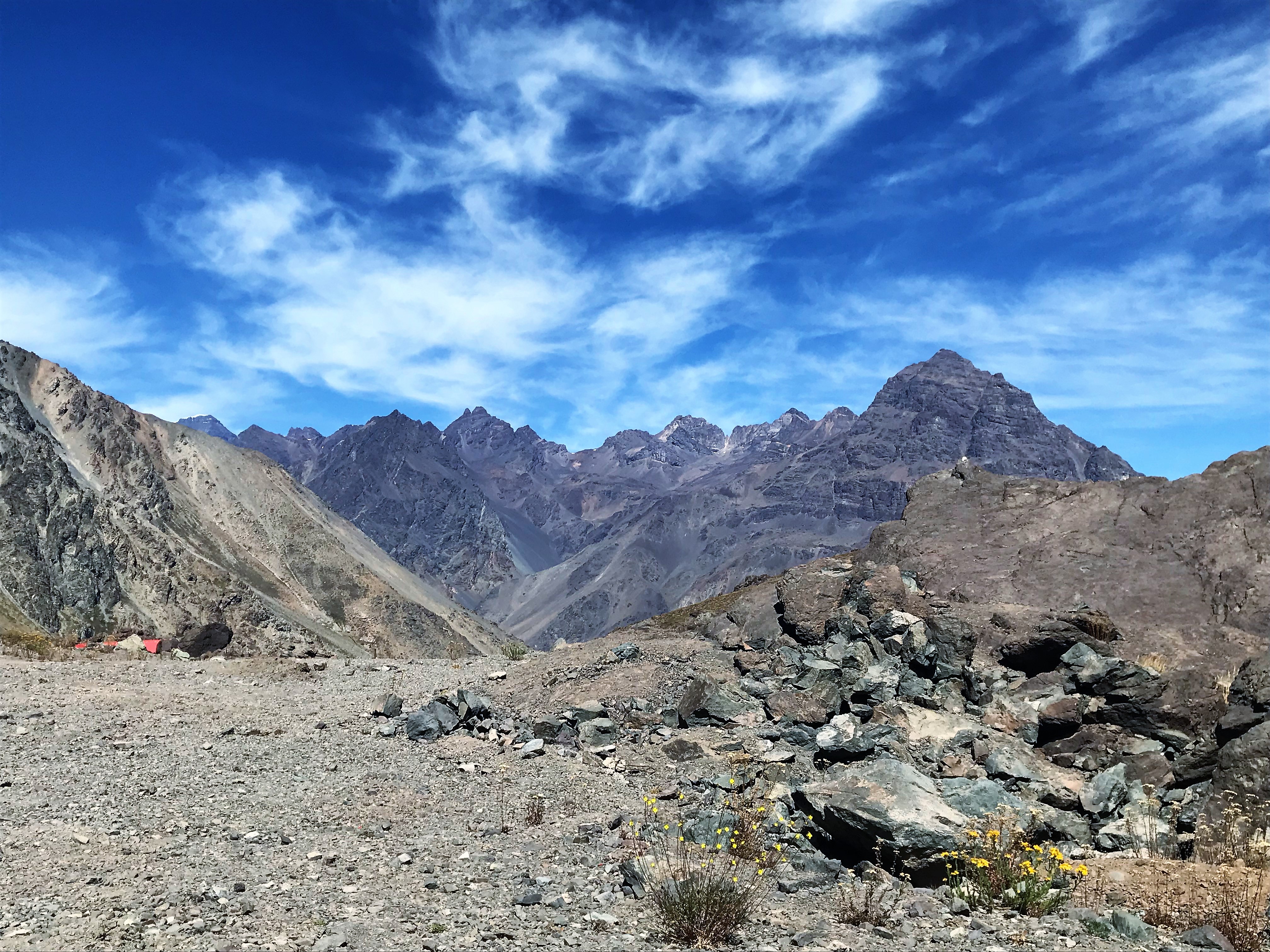

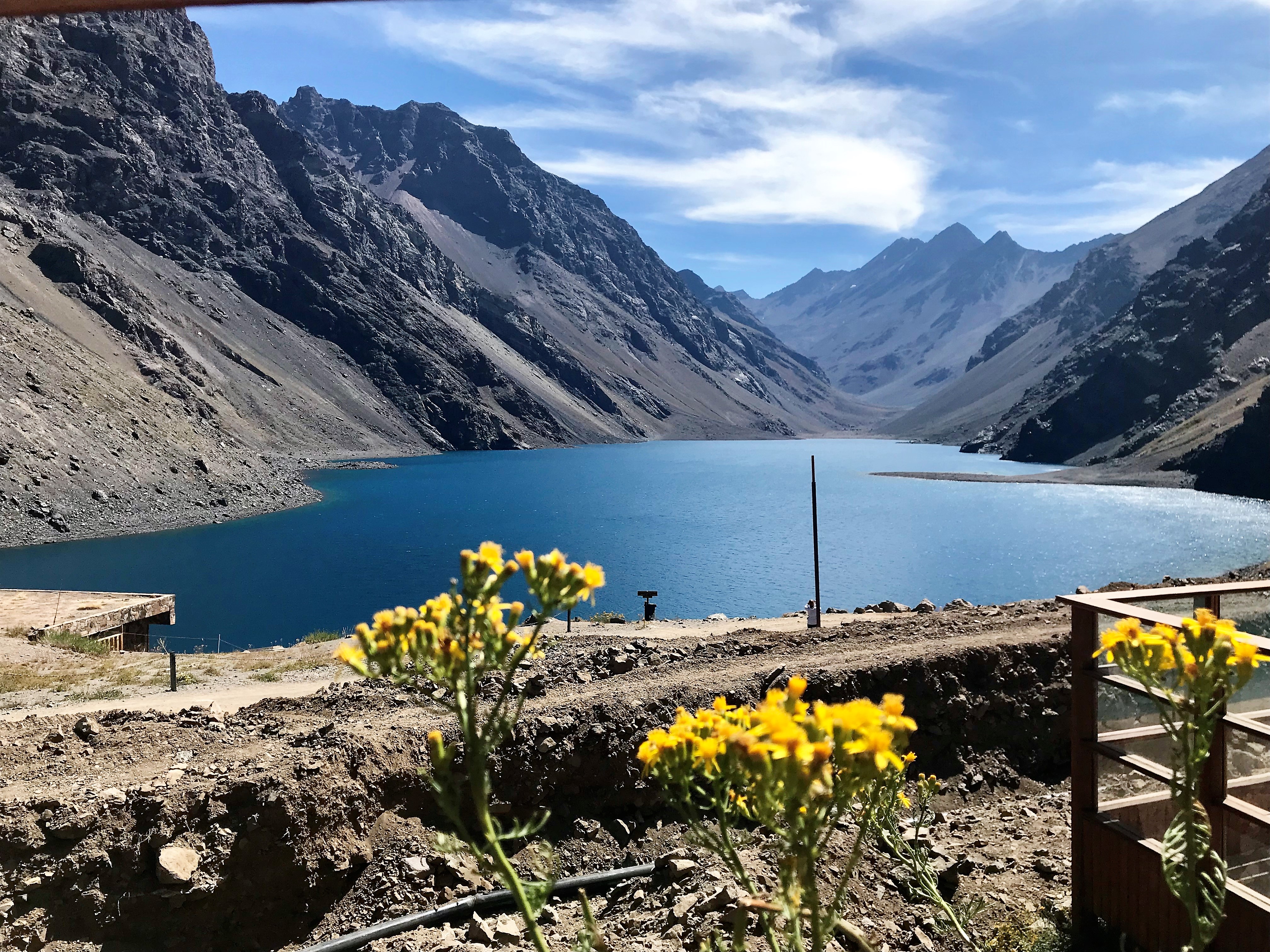
29 Curves
Keep in mind that we had been going up and up as we continued through the Andes to reach the Chilean border and so now that we had reached the peak of our journey (around 10,000 feet), it was now time to head back down the Andes with a final drive into Santiago. Here you can see the road with its 29 switchbacks to get back down. On the way down, we stopped at one of the switchbacks to finish off our wine blends we had made at Bodega Norton the prior day and do a group picture. The mountains and skies were magnificent.

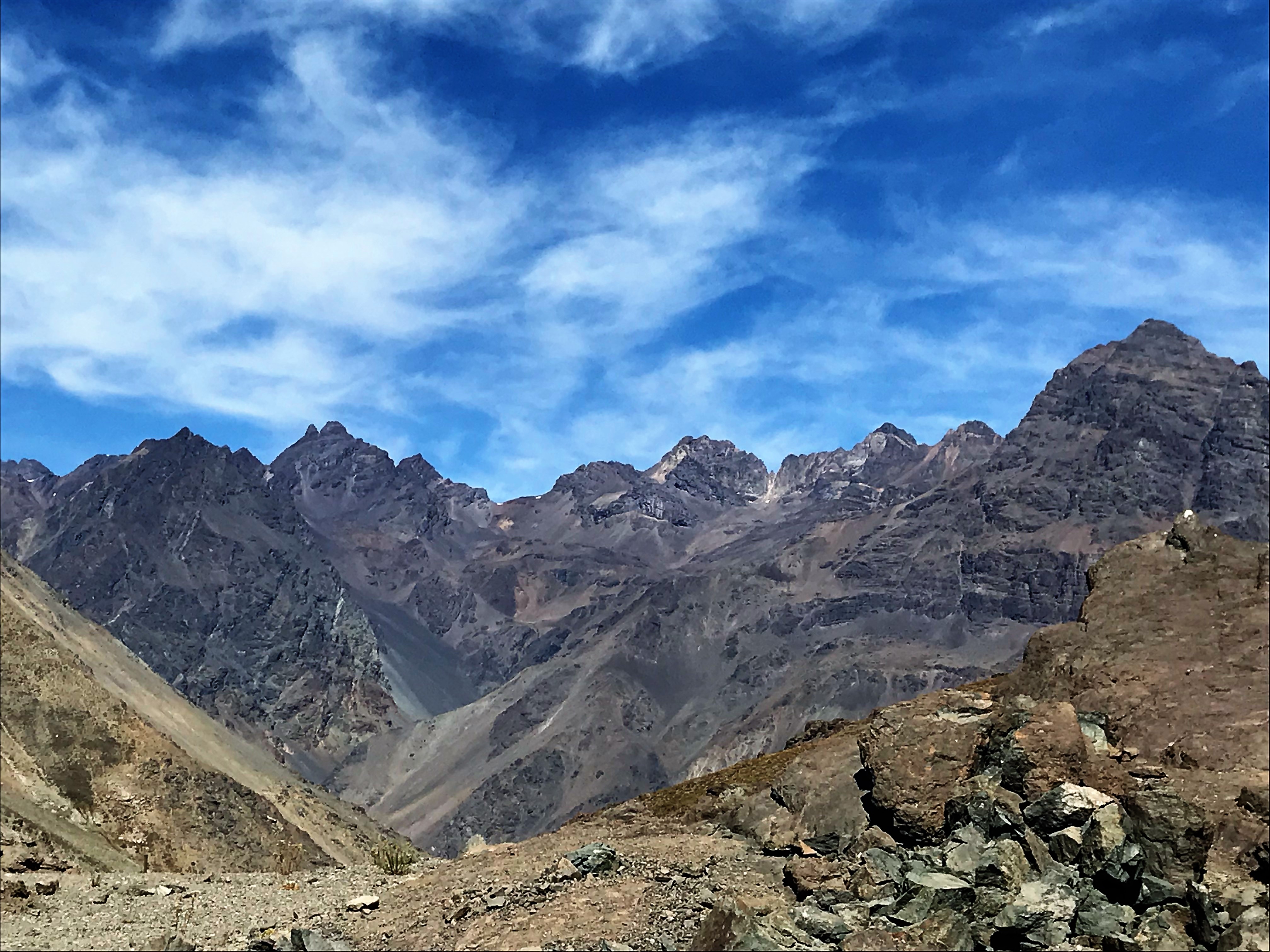
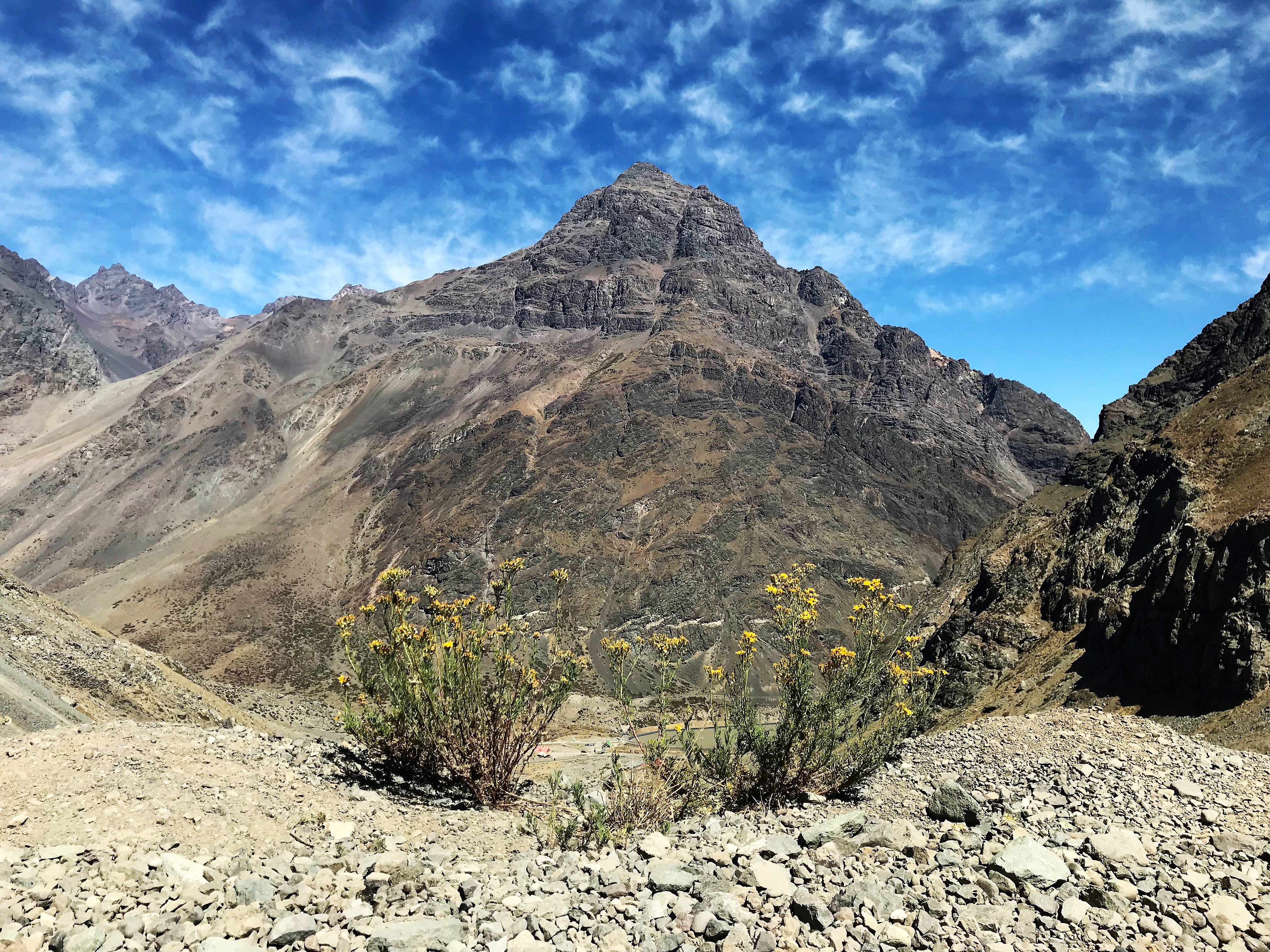
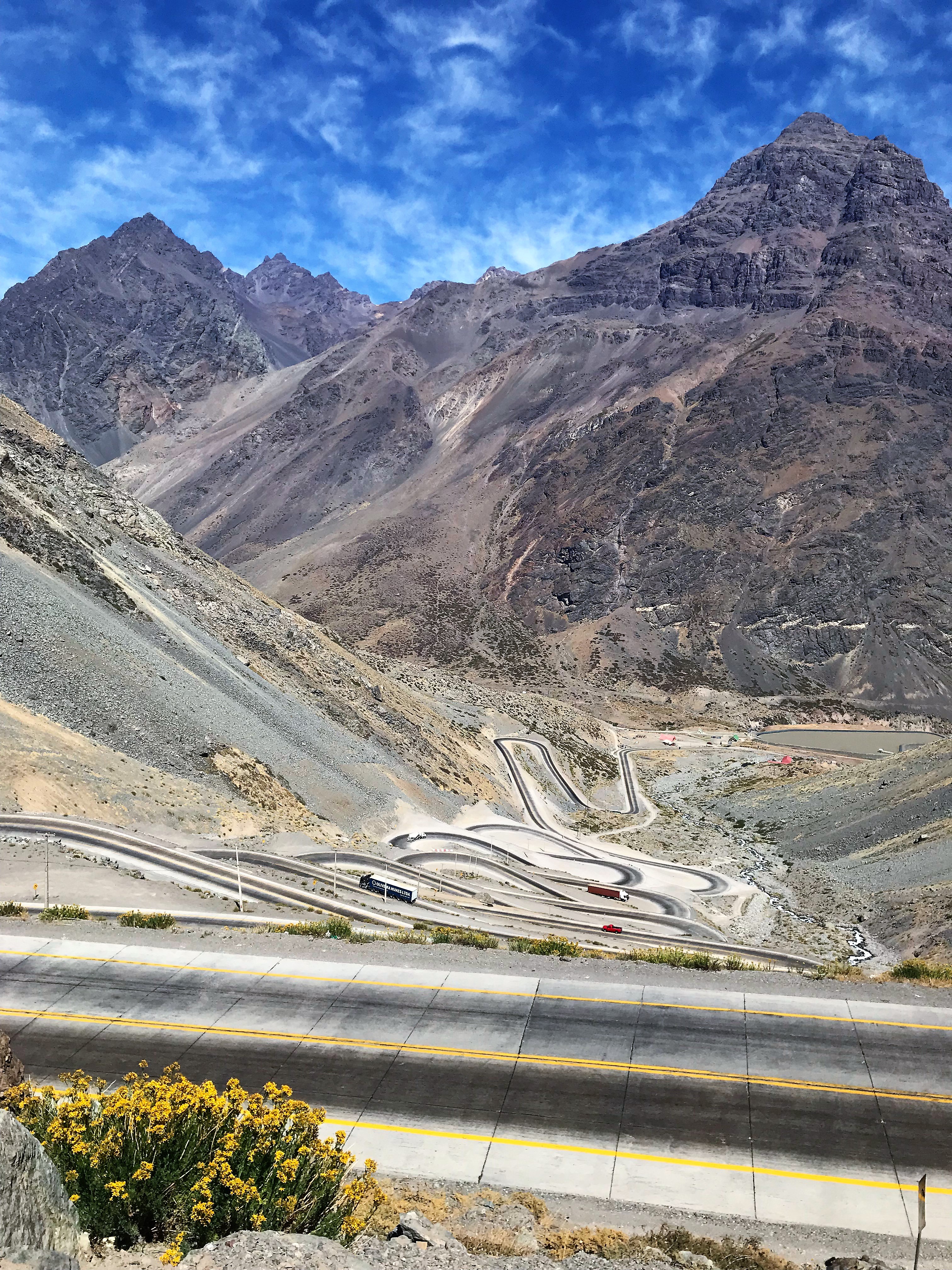
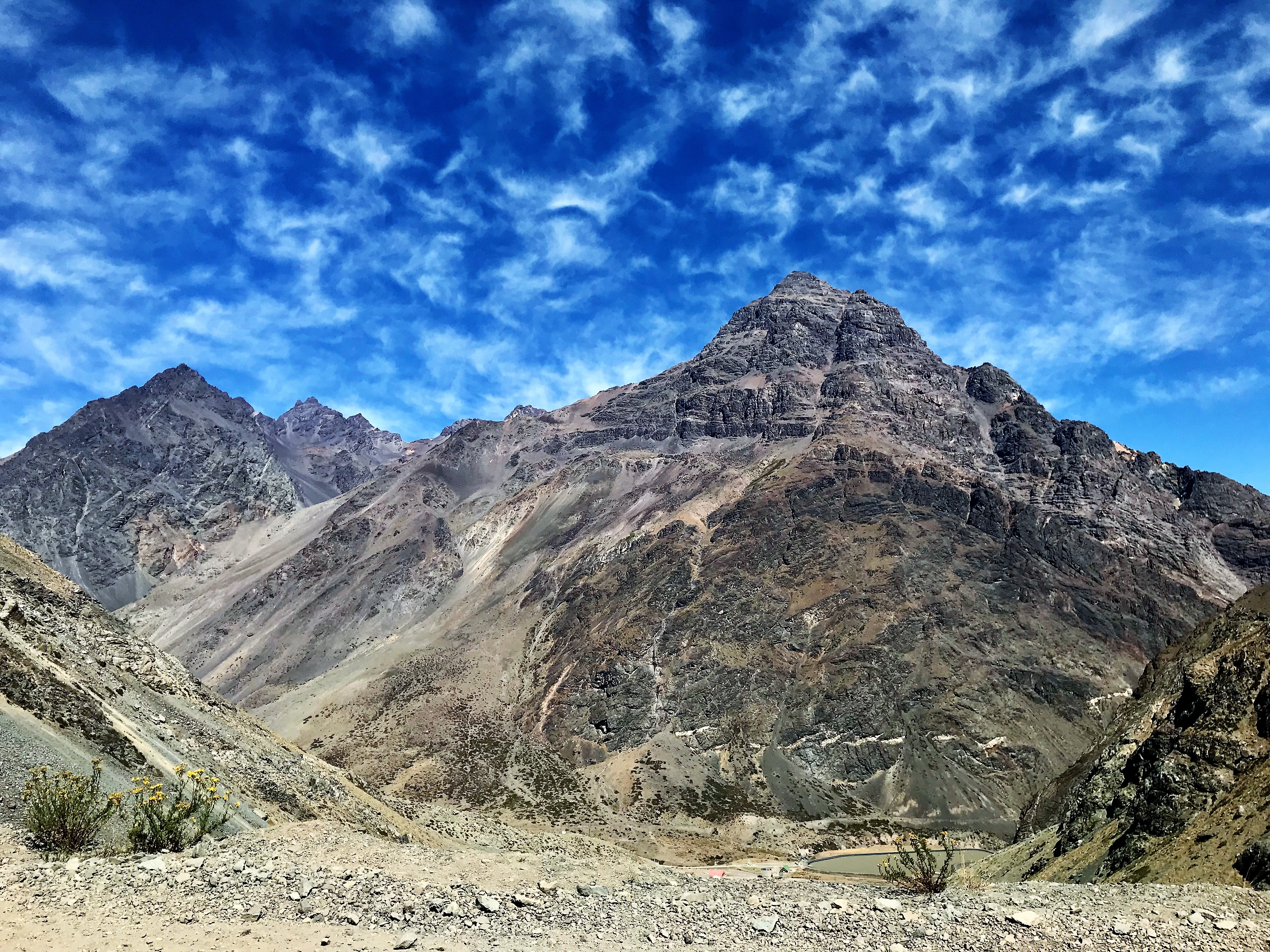
Final Thoughts…
I really enjoyed this long travel day going through the Andes. We were lucky with the beautiful weather to really appreciate the splendor of the mountains and skies. When crossing into Chile, it’s so important to abide by the rules; otherwise, you’ll be spending many hours explaining why you tried to bring disallowed food into the country and face a stiff fine of $300.


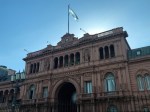
Leave a comment